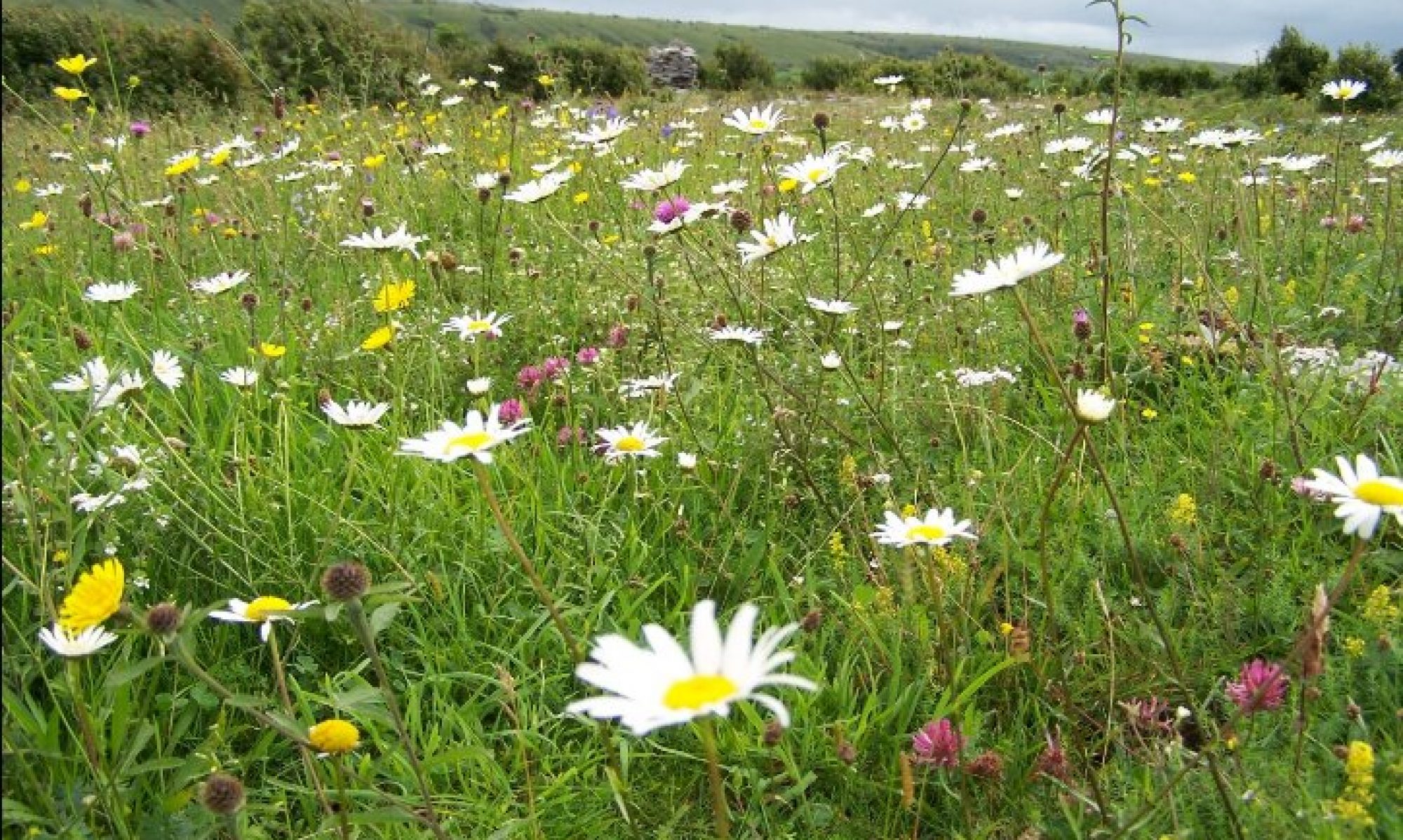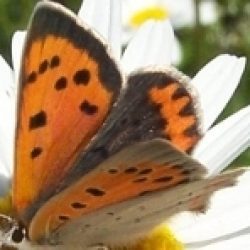In The Irish Butterfly Book, I wrote about the brood structure (the number of generations) produced by the Cryptic Wood White Leptidea juvernica, one of Ireland’s most mysterious butterflies, present also in Europe but curiously absent from Britain:
While it is double-brooded in parts of Europe (Eeles, 2019), it has proven to be single-brooded in Ireland (but see below). This species has remained single-brooded even in the hottest summers, such as the summer of 2018. None of the eggs from Kildare reared by Peter Eeles in the South of England in 2018 went into a second brood, whereas all the Wood Whites Leptidea sinapis he reared from English stock did (Eeles, 2019).
However, on September 2nd 2020, I caught a freshly emerged male in a hedged lane at Mulhussey, County Meath, seven weeks after the last adult Cryptic Wood White was seen in the area. This is the first confirmed identification of a Cryptic Wood White flying several weeks after its usual flight period in Ireland ended. Interestingly, the undersides (of the individual caught) look paler than in a first brood, and the black wingtip on the forewing upperside appears to be more extensive. While finding this individual butterfly cannot be interpreted as evidence that the species can be double-brooded in Ireland, the finding raises questions. Did the early start to its flight period in 2020 and the warm, sunny weather, which lasted from April to the beginning of June, encourage a second flight, albeit by one or a small number of individuals? Is it therefore single-brooded in Ireland because of the climatic and ecological conditions? If so, will the warming climate and the resulting longer growing season for plants cause the species to emerge earlier in the year and fit in a second generation? Or is the Cryptic Wood White in Ireland genetically programmed to be single-brooded, and the specimen found a late emergent? The answers should emerge, with changing conditions, over time.
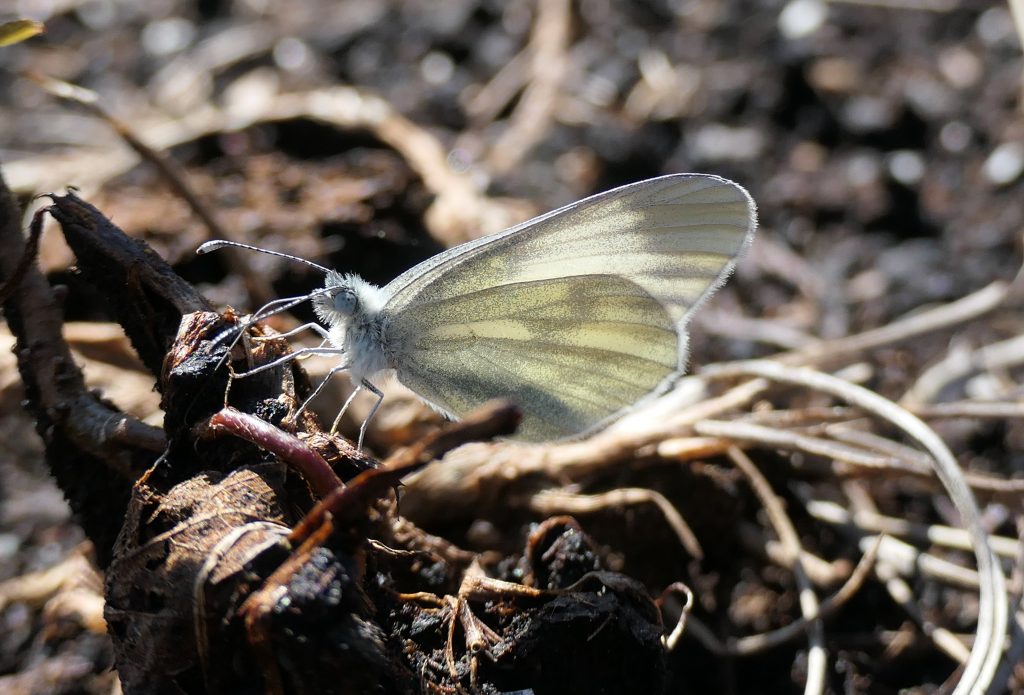
That time might be here.
Several Cryptic Wood Whites have been recorded in Northern Ireland late in July, but just one in the south, in Kildare. Between 14 and 19 were seen at 6 sites in Northern Ireland (7-8 at Navan Fort and Quarry, Co. Armagh; 2-5 at Craigavon Lakes, Co. Armagh; 2 at Colin Glen Forest, Co. Antrim, 1-2 at Umbra Dunes, Co. Londonderry; one at Murlough, Co. Down, and one at Belfast Harbour Estate, Co. Down.
Another record from the north, from Carrowhugh, near Inishowen Head, Co. Donegal, from July 30th, by Con O’ Donnell, adds to the northerly bias of these late July records. Only a single record for late July comes from the south, from Cadamstown, Kildare, on July 24th, from James O’Neill. This adds to the mystery. The tendency to produce further generations in Ireland (and in Europe generally) typically decreases further north. For example, the Holly Blue can produce three generations in Cork, in the south of Ireland. In Donegal, in the northwest of Ireland, the Holly Blue produces one brood a year.
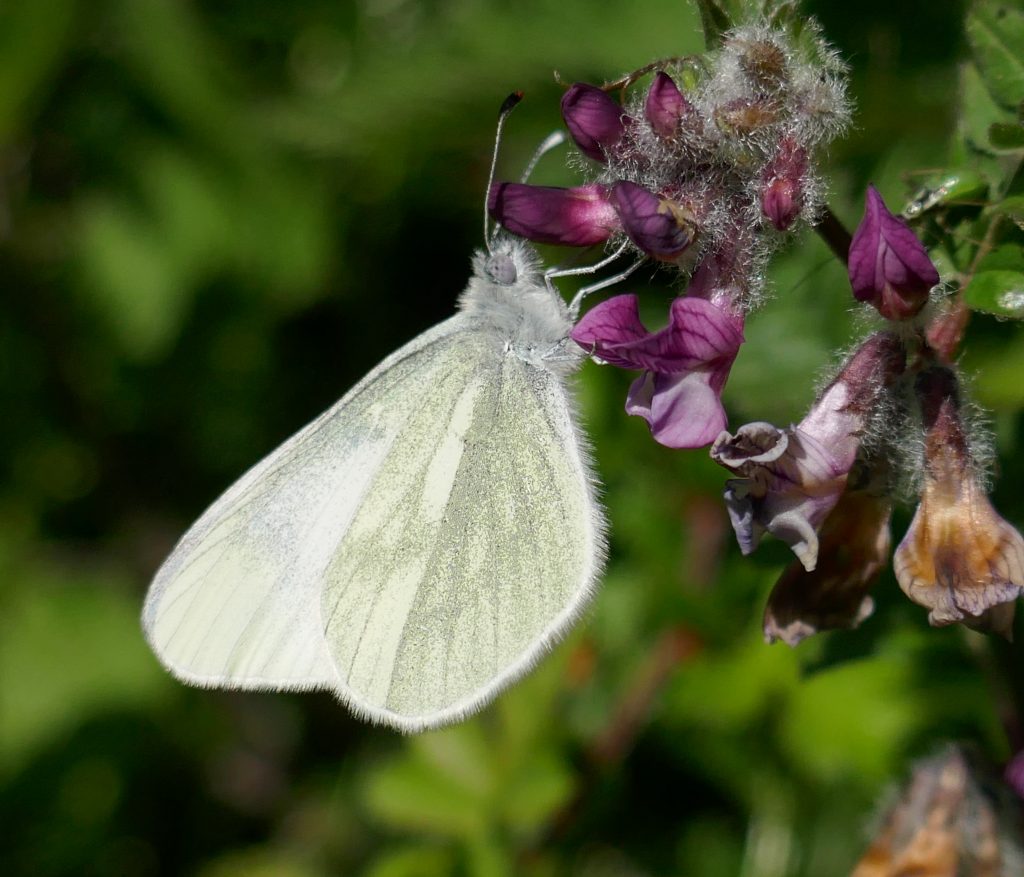
We would like to know if this species is changing its habits. Interestingly, the weather so far in 2025 resembles the conditions in 2020, the last year a late emerging Cryptic Wood White was seen.
If its brood structure is changing, there are implications for how we deal with herb-rich edges along hedges and wood edges and wilder grassland in managed areas.
Please check areas that you know contain Cryptic Wood White butterflies in spring, and let us know if you find any, or if you don’t.
Send your butterfly records to us by email to: conservation.butterfly@gmail.com.
Let us know:
your first name/s, and surname/s,
your contact details (typically an email address),
date of find,
species found,
the life stage/s found,
numbers seen,
location the butterfly/moth was found (e.g. site name, townland name, county),
six-figure grid reference, including the letter identifying the 100,000-metre grid square in which the location lies (from http://www.gridreference.ie/ or Discovery Series maps)
weather conditions
and any other interesting comments you wish to provide.
Example: John Doe (30/07/2025)
Cryptic Wood White 1, Common Blue 5 at N 95856 10275, Native Woodland Trust reserve, Burgage, Co. Wicklow. Sunny spells, 20 Celsius.
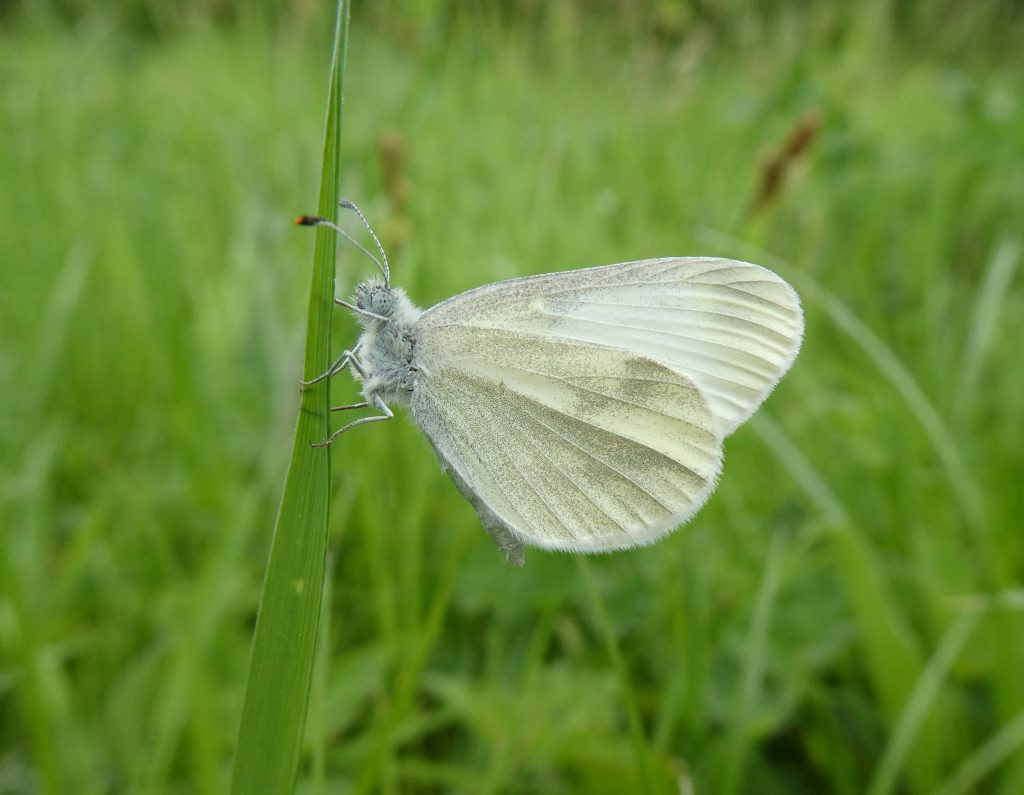
References
Eeles, P. (2019) Life Cycles of British & Irish Butterflies. Pisces Publications, Berkshire.
Harding, J. (2021). The Irish Butterfly Book. Privately published, Maynooth.
